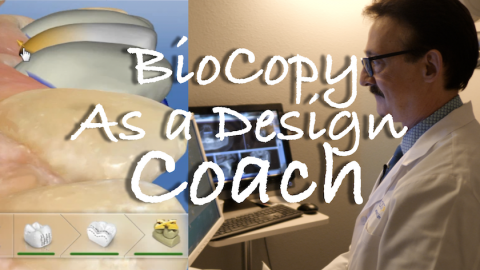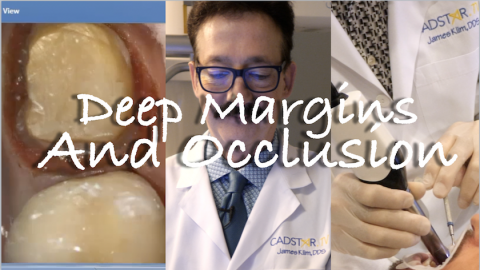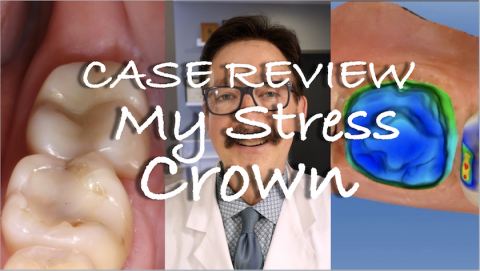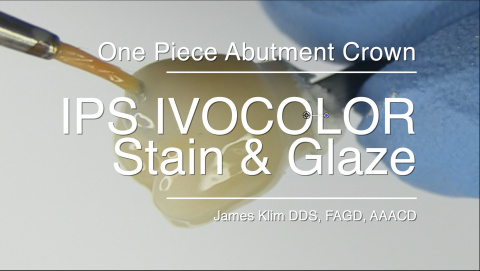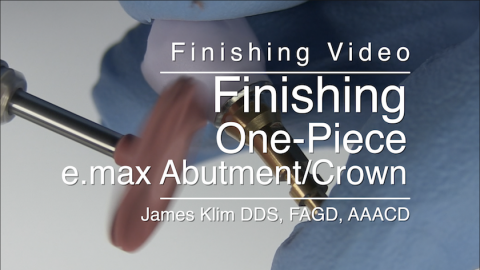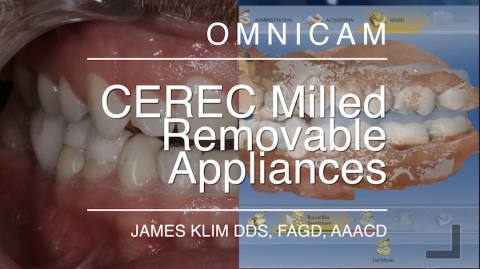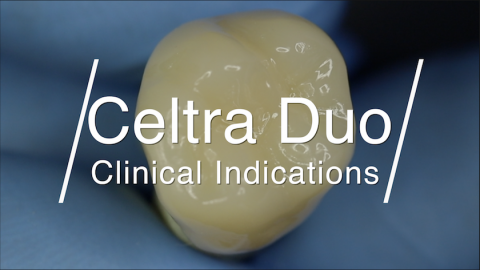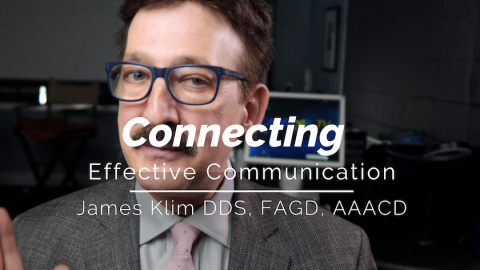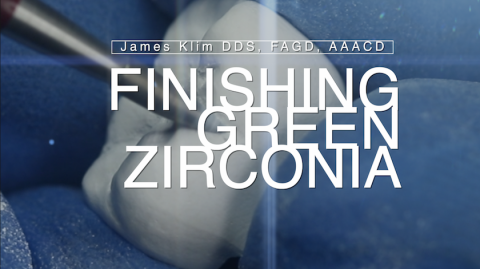My favored posterior design proposing method is Biogeneric Individual. When in the clinical flow of treating teeth in the upper buccal posterior corridors, I routinely take a BioCopy preliminary catalog scan even when using Biogeneric Individual. During the design phase, activating the BioCopy and using it as a translucent overlay will provide design assistance for the buccal corridor contour and still gain the benefit for superb occlusal morphology that Biogeneric Individual will provide.
- Online Training
- New Content
Submitted by James Klim DDS, CADStar host on 07/26/2018 - 9:38pm
Submitted by James Klim DDS, CADStar host on 07/22/2018 - 9:02pm
This Klim Digital Moment video is more about my gratitude for the Omnicam. This week I had several posterior molars that were difficult to access with subgingival decay resulting in a deep margin situation. With bur curettage and Hemostatic Gel for hemorrhage control, imaging these deep margins were seamless. Situations like this with an analog impress are almost impossible to accomplish. I am so thankful for Omnicam.
View Video Preview
View Full Video
Submitted by James Klim DDS, CADStar host on 07/15/2018 - 1:23pm
We all get this situation in our career, second molar crown, and minimal room. This case review documents a solution for difficult access teeth with minimal occlusal room and needs a high stress enduring crown. With CEREC and a broad range of materials, we now have the support for the majority of functional and aesthetic clinical demands that enter our clinical theaters.
Materials used:
- ZirCAD LT (Ivoclar Vivadent)
- Sirona Zirconia (Densply Sirona)
- MCXL Dry Mill (Dentsply Sirona)
- SpeedFire Furnance (Dentsply Sirona)
- CS4 Furnance (Ivoclar Vivadent)
- S1 Furnance (Ivoclar
Submitted by James Klim DDS, CADStar host on 07/08/2018 - 10:36am
This tutorial will demonstrate my step-by-step glaze and stain technique customizing the solid e.max abutment/crown. My current favored stain and glaze system is Ivocolor. It is a universal stain and glaze system "one on all" and works well on micro felspathic, lucite, disilicate, and zirconia surfaces. Ivocolor is a very forgiving system, basically no bubbling. It is very predictable, what you see with stain color harmony in the application state will be what is seen in the post-firing condition.
Product Recommendations:
- Object Fix Flowable (Ivoclar Vivadent)
Submitted by James Klim DDS, CADStar host on 07/02/2018 - 9:18pm
Solid abutment/crown shaping is not much different than shaping an e.max traditional restoration. This tutorial will demonstrate Dr. Klim's shaping and polishing sequence using his Meisinger Lab Kit JK03.
Support Products:
- Meisinger JK03 Lab Kit
- e.max 16 implant block
- Diamond Twist (Premier)
- Object Fix--flowable (Ivoclar/Vivadent)
View Video Preview
View Full Video for Members
Submitted by James Klim DDS, CADStar host on 06/28/2018 - 6:35am
The CEREC software is at a point in time when creativity has new horizons. This video will introduce how I use the software and PMMA Telio CAD blocks to make a splint appliance for TMD clients and part of the preliminary process when increasing the vertical for restorative purposes.
View Preview Video
View Full Video for Members
Submitted by James Klim DDS, CADStar host on 06/25/2018 - 4:36pm
CAD/CAM has entered an expansion era of new materials. My top two comments about CELTRA DUO is its incredible marginal mill and polishability. CELTRA DUO has been around for a few years now and is gaining momentum in the CEREC world. This video reviews my take on this material. As clinicians, it is important that we understand the preparation and cementation protocols for materials with their clinical indications. When materials are applied appropriately we will have success.
View Video Preview
Submitted by James Klim DDS, CADStar host on 06/18/2018 - 12:20pm
There are certain positive connecting words that I use in my clinical theater that has been significant in helping patients understand the value of care and making better choices. These are not dental terms. They are current words that are connected to messaging value and leave patients in a safe atmosphere to feel secure with their dental choice. This video is a story of a particular patient interaction that had a few challenges and will demonstrate the strategy I used in non-manipulation communication that led her to make the best decision for treatment.
Submitted by James Klim DDS, CADStar host on 06/15/2018 - 5:21pm
Connecting and style of communication account for my number one success factor as a clinician and educator. I look forward to you posting questions about communication situations where you would like feedback. This is a popular topic in my lectures and teaching environment. I would like to take this online so we can all learn together.
View Video
Submitted by James Klim DDS, CADStar host on 06/14/2018 - 5:18pm
Finishing zirconia when it comes out of the milling unit is referred to as zirconia in the green state. There are a few steps that can be taken to really improve the surface quality of the green zirconia, and once sintered will save finishing time.

